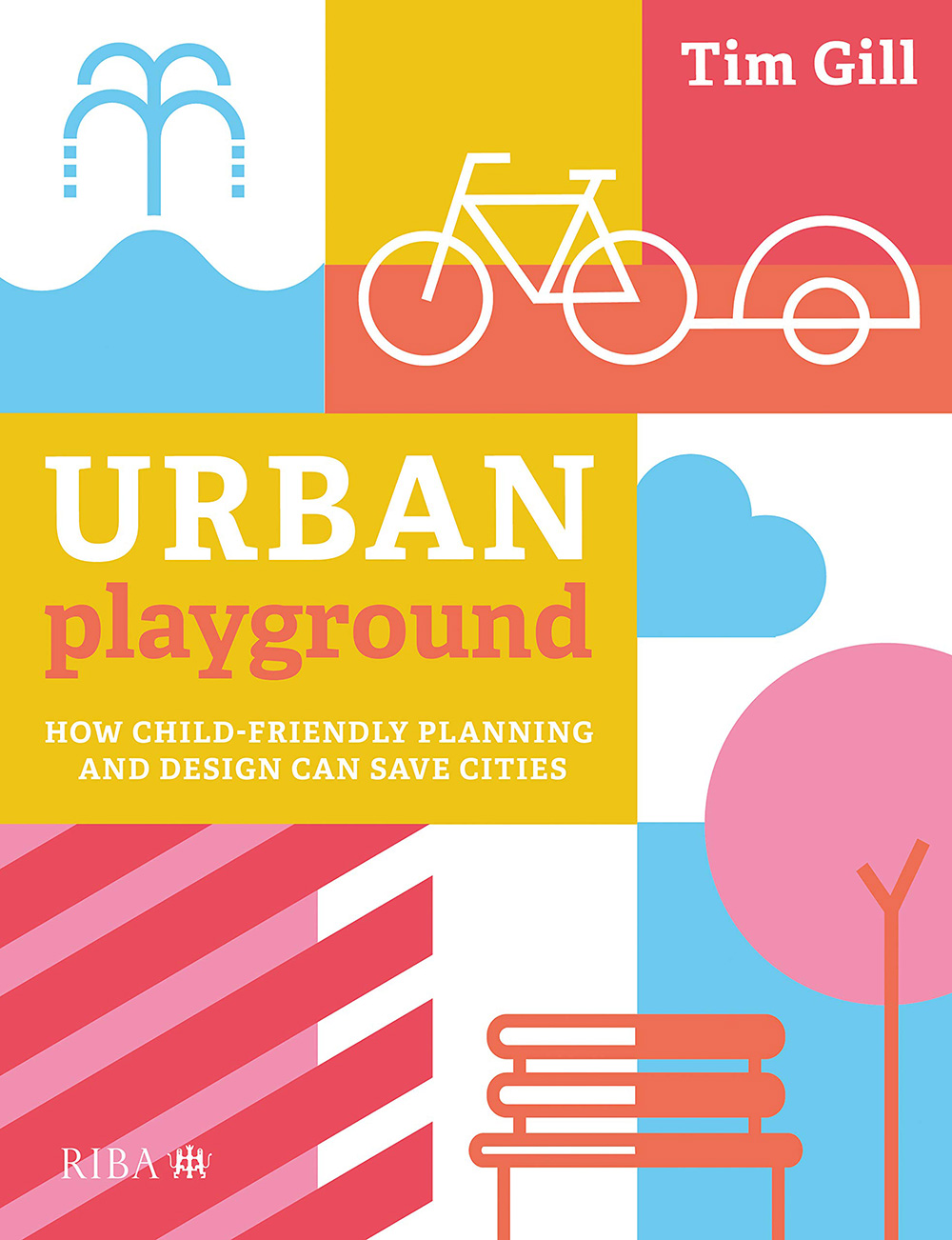Because we can’t take our Early Learning Nation Studio on the road during this time, stay tuned as ELN recaps Top Takeaways from important conversations, town halls, webinars and virtual events from the Early Learning field. And visit our Early Learning Nation channel on YouTube for interviews with leaders from education, child development, business, politics and more.

On May 18, Capita, a creative think tank, hosted writer and researcher Tim Gill for a conversation about how child-friendly planning and design can save cities that are often noisy, air-polluted, dominated by cars and devoid of nature. Gill shared evidence found in his new book Urban Playground: How Child-Friendly Planning and Design Can Save Cities, which reveals how seeing cities through the eyes of children strengthens the case for design, planning and transportation policies that work for people of all ages—and the planet.
Read more about Tim Gill and his research here.
Below are our top five takeaways from the presentation.
1. Roads come with repercussions. Road danger is an adverse feature of the current built environment. Worldwide, it is the leading cause of death for 5-29-year-olds. “We know far too many children are dying and being permanently disabled because of the threat from traffic,” Gill said. In the U.S., one in four accidental deaths of children under the age of 13 are on roads. Air pollution from traffic adds to the problem. Poor and marginalized groups are most affected by these dangers. Child-friendly city planning is a tool to use in direct response to this issue.
2. Safe roaming ranges are shrinking. Think back to your childhood and the distance from home you were allowed to go all on your own. That distance has gotten smaller over generations. Gill refers to the shrinking horizons of childhood as one of the most profound and under-explored changes in childrens’ lives.
“The offer we make to children today in terms of meeting that appetite for adventure and exploration is a ‘play reservation’ model,” Gill said, and we see it in gated parks and playgrounds everywhere in cities. “It’s a fundamentally flawed way of creating and incorporating space in neighborhoods for children.”
3. The importance of the public realm. Instead of play reservations, cities and communities should focus on developing three pillars that provide for more child- and family-friendly neighborhoods.
- Housing suitable for families
- Services such as schools, child care and health services
- Affordances in the public realm (read more about this term and watch a helpful video)
“It is only when children step out beyond their homes, school and institutions in their lives that they fully claim their rights as citizens,” Gill said, “It is in these spaces that you get the strongest insights into how society treats and sees children.”
When measuring the success of spaces in the public realm, mobility and things to do are the most important dimensions to consider. “One of the best ways to improve the access to play for young children is to improve the mobility of their caregivers,” Gill said. The presence of local and accessible playgrounds, nature, sports, leisure and other facilities are key to making neighborhoods more child- and family-friendly.
4. Small affordances go a long way. As KaBOOM’s Play Everywhere initiative illustrates, not much equipment is needed for beneficial playtime. Gill agrees that healthy built environments only need to incorporate affordances. “An affordance is a physical feature in the environment that makes an invitation,” Gill explained, “You realize that there are many features in the environment that can offer children play stimuli.”
 Things like slopes, ditches and stepping stones are small and effective interventions. “It is through playing that children gain a sense of their own capacities and of themselves as people who have some say over their lives,” Gill explained. It aids in development of executive function, self-efficacy, skills to navigate social situations and more.
Things like slopes, ditches and stepping stones are small and effective interventions. “It is through playing that children gain a sense of their own capacities and of themselves as people who have some say over their lives,” Gill explained. It aids in development of executive function, self-efficacy, skills to navigate social situations and more.
5. Community participation is paramount. Municipalities must engage children and marginalized communities in conversations about change that directly impacts their livelihood. While the wants and needs of kids as it relates to exploration and environment are well documented, very little has been done to implement their desires. “Bringing children’s voices into the process helps to raise aspirations and combat some of the resistance and vested interests that would otherwise dominate the conversations.”
Getting the input of marginalized groups mitigates much of the inequity we see across municipalities today. Gill said to avoid the kind of redevelopment and rampant gentrification seen today, “Programs need to proactively bake in a focus on equity to support marginalized communities to get involved.”
👉 Read more: Tackling the Play Deficit

Mark Swartz
Mark Swartz writes about efforts to improve early care and education as well as developments in the U.S. care economy. He lives in Maryland.



